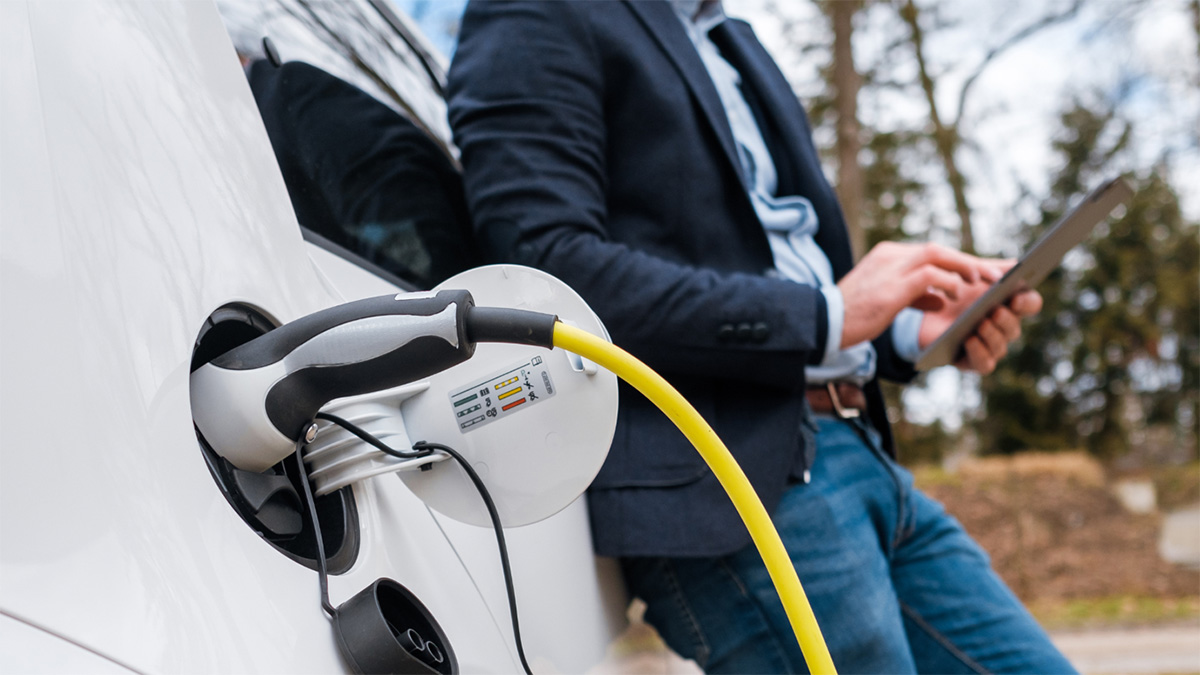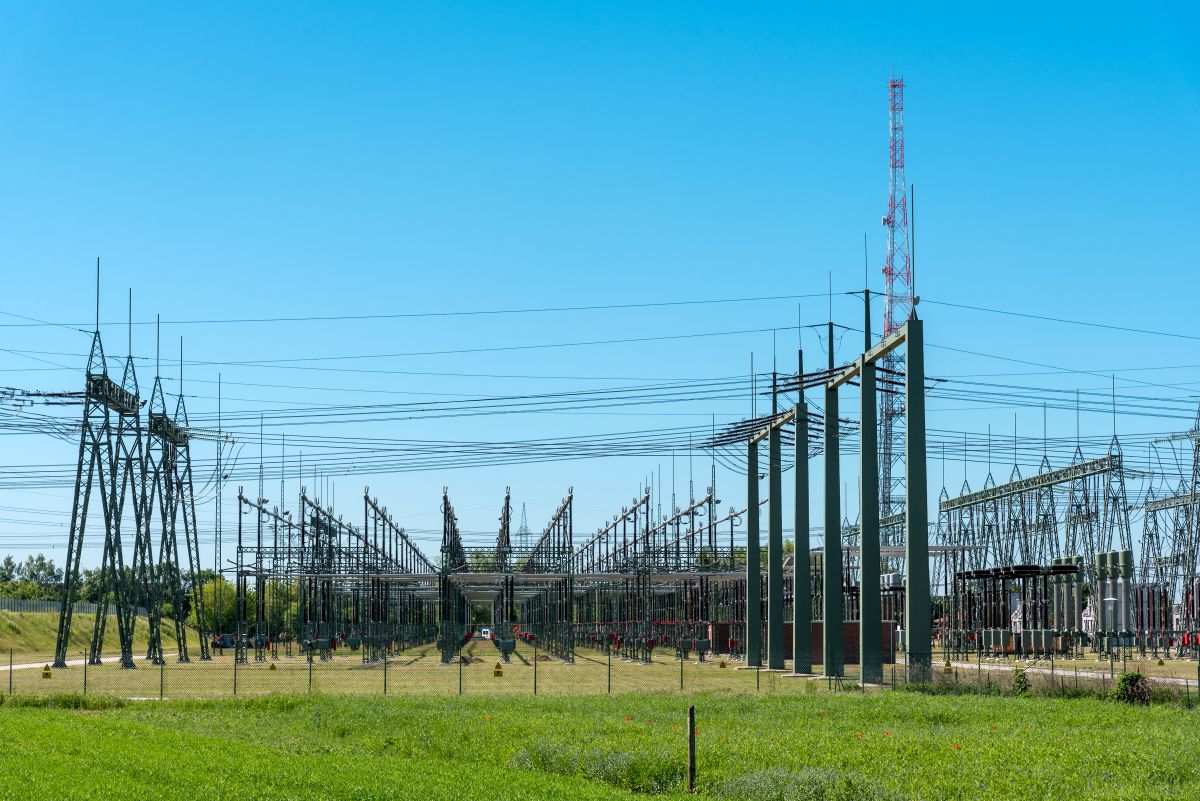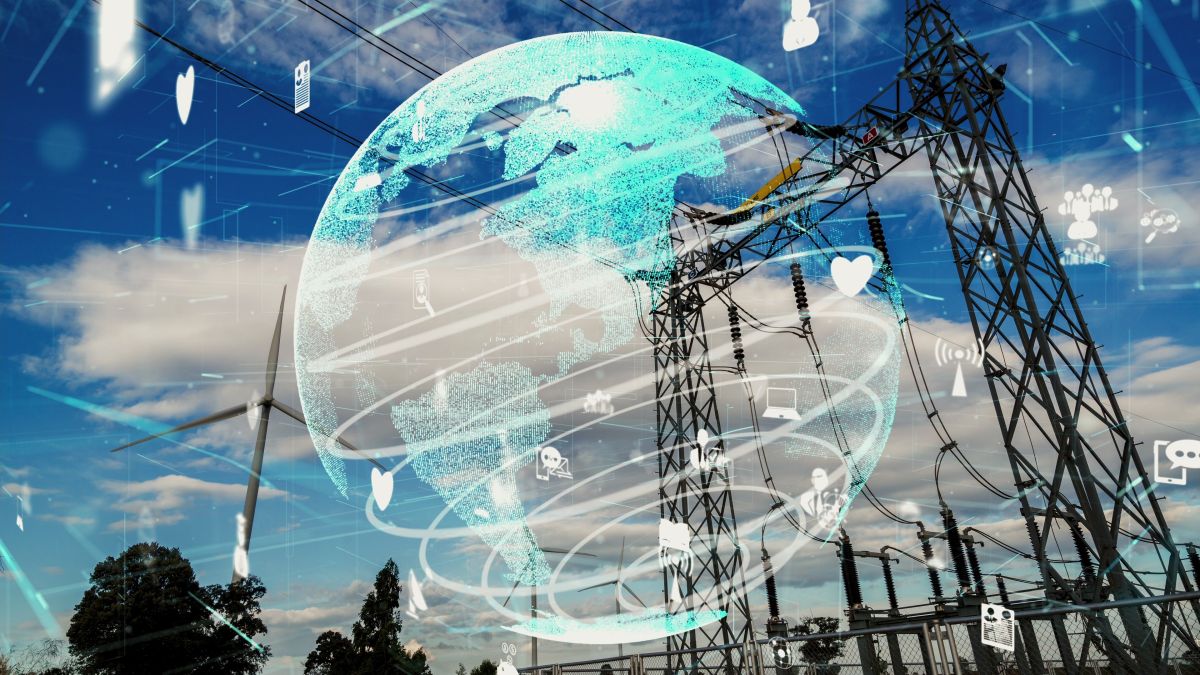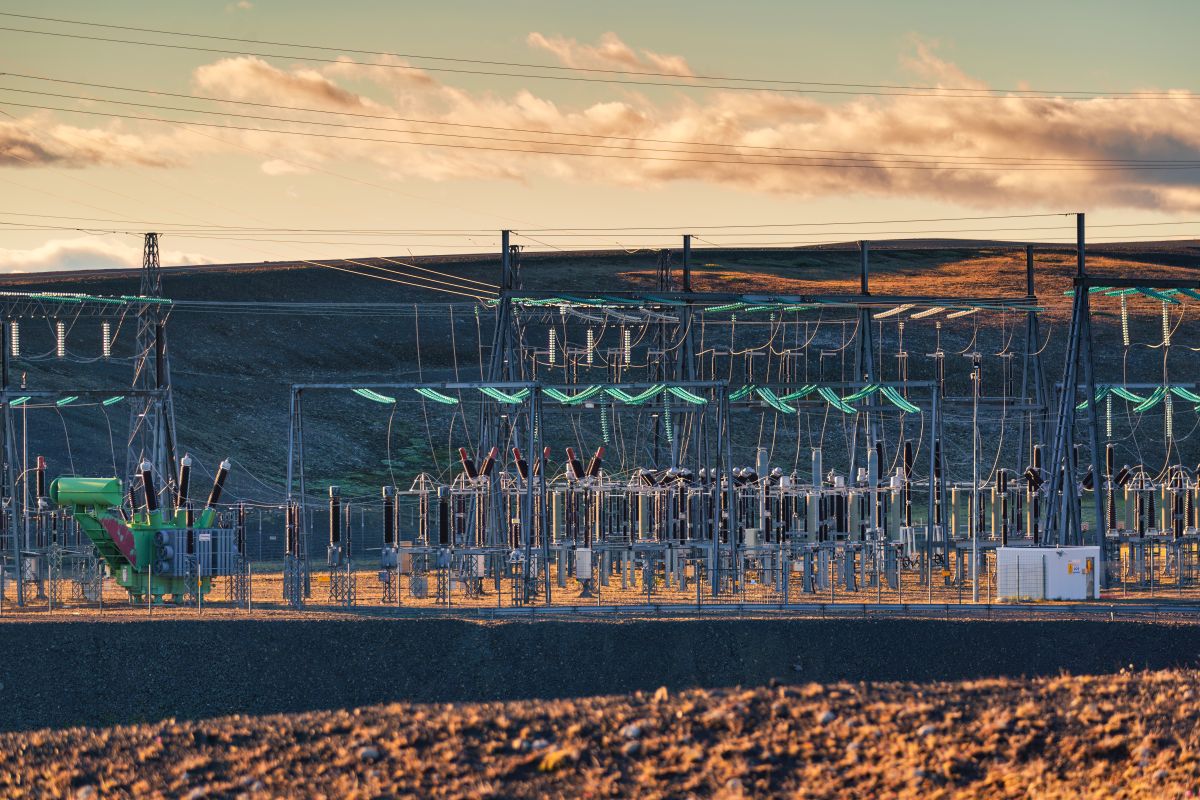According to Goldman Sachs, Electric vehicles are forecast to be half of global car sales by 2035. The reason for this boom is the global agenda for net-zero carbon emissions.
By 2030, electric vehicles are expected to make up over half of all new cars sold in the United States. This is bound to put a major strain on the aging and already taxed power grid. The current grid was built to be run on fossil fuels and was made to support one-way distribution.
How Does the U.S. Power Grid Work?
According to the Council on Foreign Relations, the U.S. electric grid started working in 1882. That was the year when the country’s first power plant was disclosed to the public by Thomas Edison, at Pearl Street Station in lower Manhattan.
Today, the U.S. power grid (aka ‘the grid’), is a huge infrastructure, which consists of three separate grids, or self-contained interconnections of power production; divided into three major regions: Eastern, Western, and Texas Interconnections. Together, it comprises of eleven thousand power plants, three thousand utilities, and more than two million miles of power lines. The power plants bring electricity to homes and businesses through a network of transmission lines, transformers, and substations.
According to the U.S. Energy Information Administration (EIA), “In 2022, about 4,243 billion kilowatthours (kWh) (or about 4.24 trillion kWh) of electricity were generated at utility-scale electricity generation facilities in the United States. About 60% of this electricity generation was from fossil fuels—coal, natural gas, petroleum, and other gases. About 18% was from nuclear energy, and about 22% was from renewable energy sources.”
Grid Infrastructure Needs to Prepare for the EV Boom
Sixty percent of the current electricity generation is coming from fossil fuels, so in order to electrify everything, the U.S. will have to invest in a major buildout of renewables. According to CNBC, a huge amount of new transmission and distribution lines must be built and connected to renewable energy resources. However, there are major regulatory hurdles in doing this, and the government will need to increase their investments in the grid in order to meet electrification targets.
“I think right now people have an overly simplistic view of what electrification of transportation means,” said Kevala CEO Aram Shumavon. “If done right, it will be phenomenal; if mismanaged, there are going to be a lot of upset people, and that is a real risk. That’s a risk for regulators. That’s a risk for politicians, and that’s a risk for utilities.”
Shumavon explained that if grid infrastructure can’t keep up with the EV boom, drivers can expect charging difficulties like waiting in long queues or not having enough charging stations. Also, when the grid is overly strained, it will become more vulnerable to extreme weather conditions.
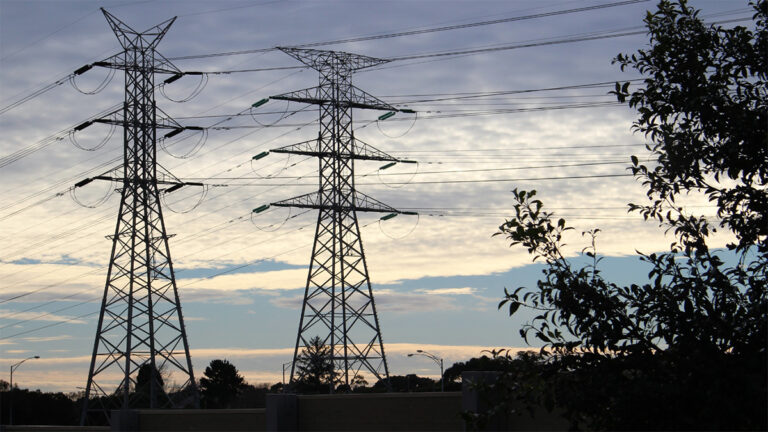
Using Electric Vehicles as Grid Storage
One way to help the grid cope with the EV boom could be by using electric vehicles as a source of back-up power storage to meet the high demand of electricity. This is called, “vehicle-to-grid” (V2G) technology. It simply means that the millions of electric vehicles on the road will be used to supply electricity to the grid, when it is not possible for solar and wind to do so.
A recent study, published earlier this year in Nature Communications, claims that EVs equipped with V2G technology could supply the global grid energy storage requirements by 2030. The study found that a participation rate of just 12 to 43 percent would be enough to provide the entire short-term capacity needed globally.
The study’s findings include both in-use and end-of-vehicle-life use phases and have found that V2G could provide 32 to 62 terawatt-hours of short-term storage globally by 2050.
For information on the study, click here.
Disclaimer: Any opinions expressed in this blog do not necessarily reflect the opinions of Certrec. This content is meant for informational purposes only.



